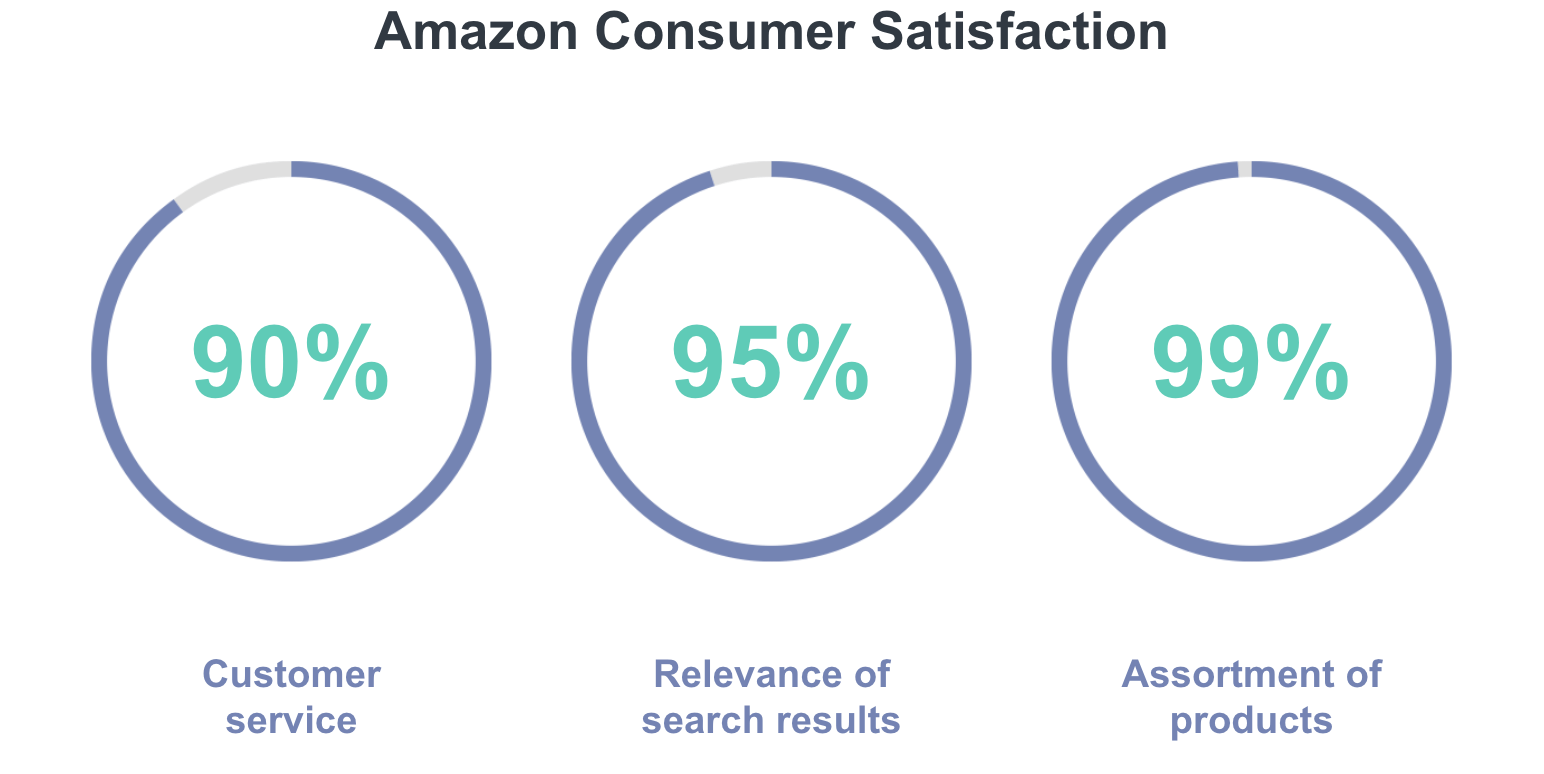
Amazon now competes with Google and Meta as first-rate advertising platforms. Consumers go straight to the Amazon search bar to browse products, which has provided the world’s largest eCommerce platform with more opportunities to target searchers with ads.
Still, so many brands are getting Amazon’s strategy wrong.
Why is the product-focused campaign approach to Amazon proving to be inefficient? What is the customer’s intention, and how can the brand maximize the full growth potential of the platform through their campaigns?
Amazon’s marketing strategy should be top of mind as paid media performance dips on traditional platforms.
Amazon has continued to grow even when Google’s share of digital ad revenue has fallen, and Facebook’s share has remained flat. Amazon’s digital ad revenues increased by 53% from 2019 to 2020, followed by a 56% jump between 2020 and 2021, according to eMarketer.
Brands are looking for new, creative ways to build online relationships with consumers outside the traditional Google/Meta duopoly. This is because privacy changes and other market factors have impacted channel performance.
Amazon quickly recognized the potential and grabbed the opportunity by developing advanced marketing tools and solutions.
Amazon invested in a user-friendly platform that is best in customer support, has intuitive UX, and is conversion driven. Its advertising starts with sponsored Ad strategy that is intended for customer-driven data instead of revolving only around products and services.
The complete Amazon advertising flywheel starts with a Sponsored Ad strategy driven by consumer intent data instead of organized around products and built to generate additional insights that drive incremental growth over time.
The intent-based approach means:
No matter where they are in the purchase journey, you’ll be able to serve the best possible product to consumers based on their search intent every time.
Feedvisor says only 18% of the people start searching for a new product on Google. The remaining 62% of people’s first stop in the quest is Amazon. This debunked the misconception that consumers go to Amazon at the end of the buying journey.
Marketers who have earlier overlooked Amazon’s potential concerning paid media are now seeing this as a prominent wake-up call in favor of their brand.
Why is Amazon winning? Feedvisor concluded from their survey that customers are getting satisfactory customer service, search relevancy, and product variety. Two of these factors perfectly explain Amazon’s challenge to Google’s dominance.
Your brand can use these strengths and take advantage to help grow your business. Let’s see how an intent-based approach can help your brand thrive in today’s market.
Data is the key. Analyze your customer’s Amazon experience to see which search terms correlate with purchase behavior across specific products to understand what people want. Instead of putting your products against every keyword, look for your consumer’s intent.

The result of this intent-based approach is more effective and efficient Amazon campaigns.
Creating campaigns regardless of consumer intent or interest is not a promising idea to survive in today’s customer-driven market. Instead, identify which of your products goes with the current consumer flow by taking advantage of online data.
Lastly, use a clear naming structure to label campaigns as a brand, non-brand, and competitor to keep things organized.
Amazon is not limited to paid ad placement on Amazon.com. Instead, Amazon DPS (demand-side platform) is designed for advertisers to use first-party consumer data to reach consumers via display, video, and over-the-top (OTT) across the web.
The ads you’ve seen inside stores for products are sponsored Ads on Amazon. The ones you see outside the store trying to convince you to come inside are DSP Ads. You can target your DSP ads to particular audiences.
Make sure that the conversion engine of Sponsored Ads on Amazon is working and optimized before expanding into DSP. The following points will help you figure out if you’re ready: